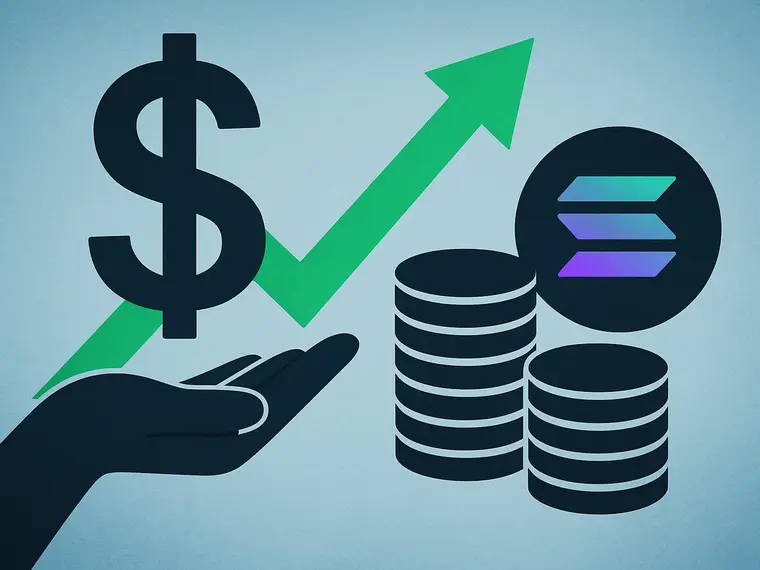Ethereum's Fusaka hard fork activated on final testnet before mainnet launch
PANews reported on October 29th that according to The Block, Ethereum's next hard fork, called Fusaka, went live on the Hoodi testnet on Tuesday, marking the final step before the mainnet activation, expected before the end of the year. Hoodi is the third and final testnet deployment, following the activations on the Holesky and Sepolia testnets earlier this month. The Ethereum Foundation previously stated that the Fusaka mainnet launch will occur at least 30 days after the completion of Hoodi testing, with core developers tentatively targeting December 3rd for the hard fork. Fusaka aims to implement backend improvements to enhance the scalability, efficiency, and security of the largest smart contract blockchain. These include increasing block gas limits, expanding blob capacity, and introducing new node security features. The upgrade includes at least a dozen Ethereum Improvement Proposals (EIPs), the most notable of which is EIP-7594, which introduces Peer-to-Peer Data Availability Sampling (PeerDAS) to improve data availability in the Ethereum Layer 2 ecosystem.
You May Also Like

Hong Kong Secretary for Justice: Any entity issuing stablecoins pegged to the Hong Kong dollar, whether in Hong Kong or outside Hong Kong, must apply for a license.

Forward Industries zet $4 miljard in om Solana bezit uit te breiden
